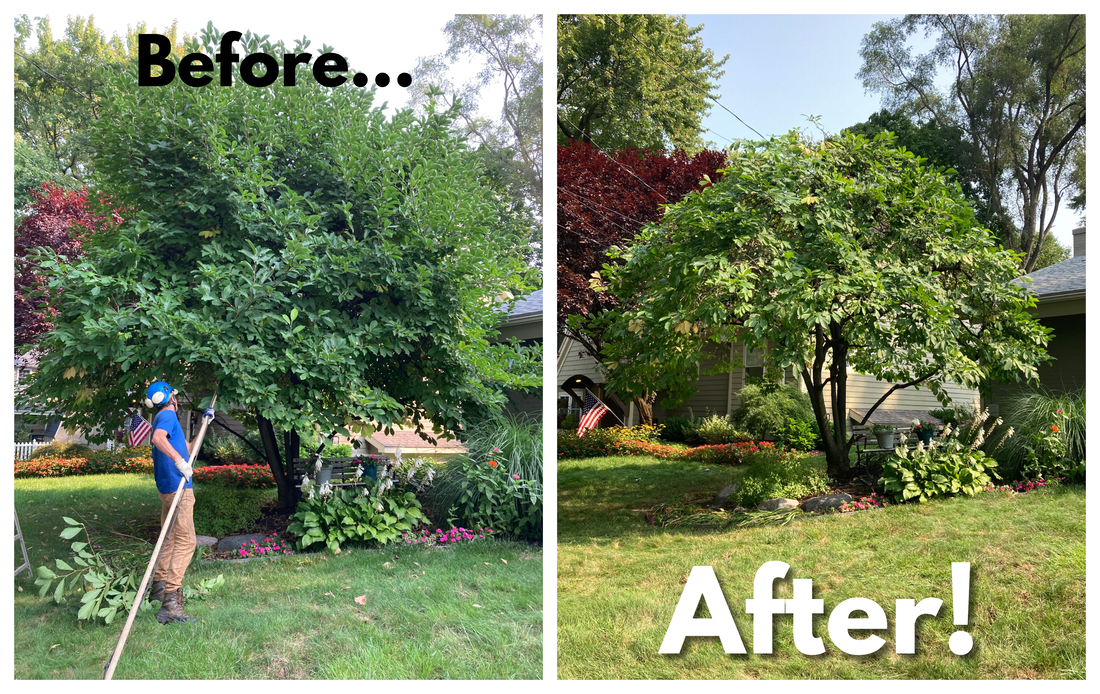Properly pruned trees are healthier trees
Every tree species requires different pruning practices. In order to decrease the spread of disease and the susceptibility to harmful insects. For example - Oak, Ash and Elm trees are only pruned during certain times of the year. Count on us to help you understand which of your trees have specific pruning needs.
